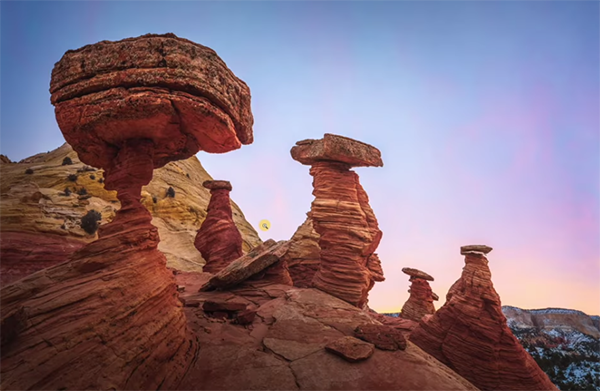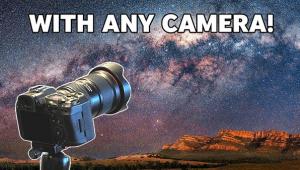How to Shoot Dynamic Travel & Nature Photos with a Wide-Angle Lens (VIDEO)

Most experienced landscape photographers think of wide-angle lenses as their weapons of choice when shooting in the field, but it's important to understand the benefits and pitfalls of going wide if you want to capture the most compelling images possible.
Do things wrong and a number of bad things tend to happen, like weirdly curved horizons and key elements that appear to recede into the background. This tutorial from photographer Nickolas Warner provides five straightforward tips for mastering wide-angle photography in the great outdoors.
Warner is a New York-based pro specializing in travel and landscape photography, and he's very generous about sharing the secrets to his shooting and post-processing success. What you'll learn today is based upon years of experience, and Warner says this: "Wide-angles lenses are hands-down my favorite choice but using them creatively and effectively can be a bit challenging."

He begins by discussing the pros and cons of wide-angle glass. One overriding advantage is that "you can fit a ton in the frame thanks to the large field of view." Another benefit is that these lenses enable you to intentionally imbue your photos with eye-catching distortion—especially if you approach a key subject closely and shoot from a unique camera angle. He illustrates this point with images captured during a recent trip to the Bisti Badlands of New Mexico.
Warner notes that regardless of camera position and perspective, it's crucial to fill the frame with something interesting, otherwise your wide angle shots will be unremarkable at best. He illustrates this point will a stunning photograph made in Utah at a spot he calls Little Monument Valley.
Another compositional technique employed by accomplished wide-angle shooters involves moving in really close to a compelling object, whether it's a dramatic rock formation, a vivid clump of flowers, or a twisted, gnarly tree. As he says, in this situation I only want to be a few inches from the object in my foreground." Keep in mind that the minimum focusing distance of most wide-angle lenses is four to six inches.

Warner has two more technique to impart, and they're just as effective as those mentioned above. One has to do with "natural framing," while second involves other ways to leverage the foreground when composing a shot.
Try these simple tips the next time you're out in the field and you'll be pleasantly surprised by the significant impact they provide to your travel and landscape photographs. There's much more to learn about outdoor photography on Warner's instructional YouTube channel, so set aside some time to explore what's available.
And speaking of wide-angle lenses, you definitely don’t want to miss the recent tutorial we posted with another pro who demonstrates a quick Lightroom technique for fixing distracting curved horizons in expansive landscape photographs.
















































